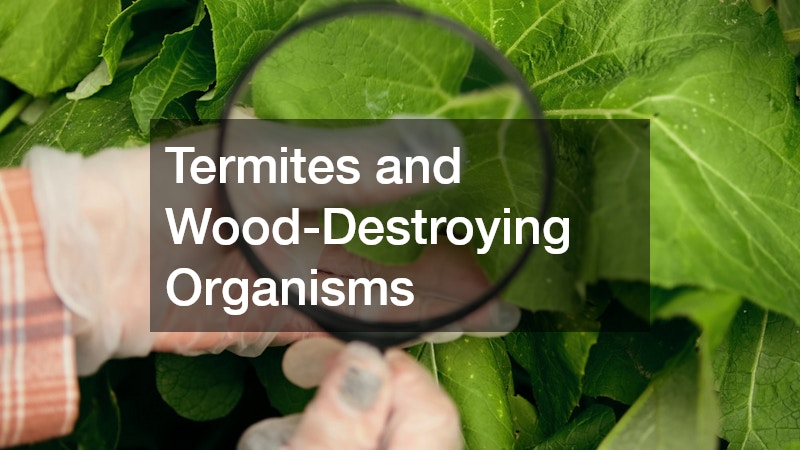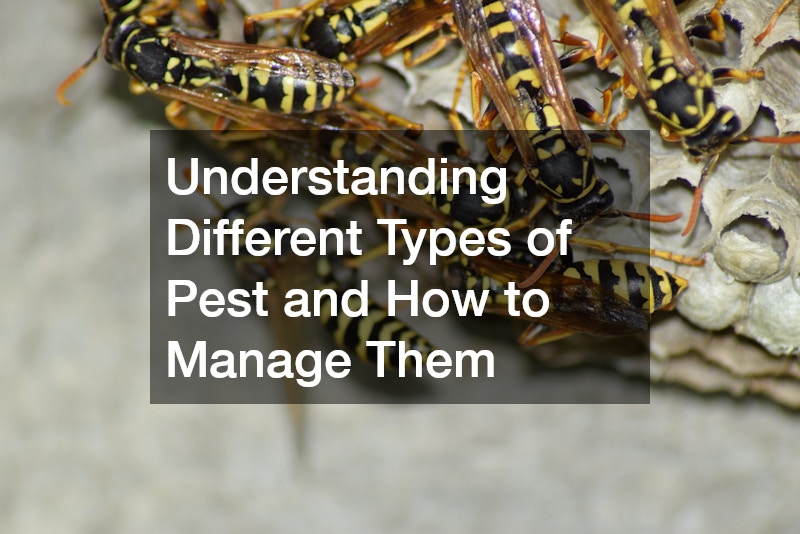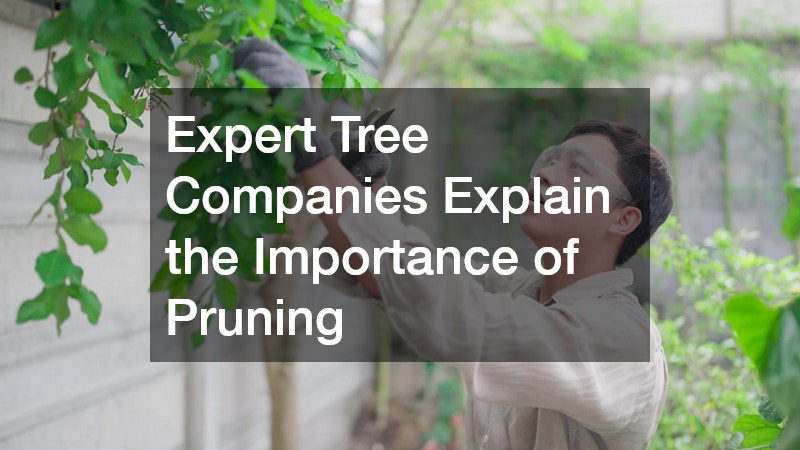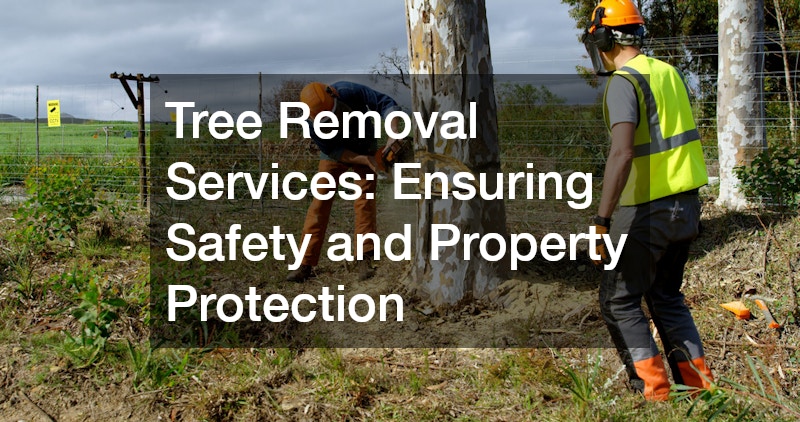Pests are more than just a nuisance—they can pose serious health risks, damage property, and disrupt daily life. Recognizing the different types of pests is essential for effective pest control and maintaining a safe environment. This article explores common pest categories, their habits, and how to manage them efficiently.
Insects
Insects are among the most common pests found in homes and businesses. They include ants, cockroaches, termites, and flies.
Each species behaves differently and requires specific strategies for control.
-
Ants: Ants are social insects that live in colonies. They are often attracted to food sources, especially sugary items. While most ants are harmless, some species, like carpenter ants, can damage wood structures.
-
Cockroaches: These resilient pests thrive in warm, humid environments. Cockroaches carry bacteria that can contaminate food and surfaces, making them a health hazard.
-
Termites: Termites are notorious for causing structural damage by feeding on wood. Early detection and treatment are crucial to prevent extensive destruction.
-
Flies: Flies are more than a nuisance; they can spread diseases by transferring pathogens from one surface to another. Proper sanitation and barriers are effective in controlling them.
Rodents
Rodents, such as rats and mice, are persistent pests that can infiltrate homes and businesses. They are nocturnal, making detection challenging, and they can carry diseases such as Hantavirus and Salmonella.
-
Rats: Larger than mice, rats can chew through electrical wires, insulation, and wood. Their droppings can contaminate surfaces, posing health risks.
-
Mice: Mice reproduce rapidly, leading to large infestations in a short time. They often seek shelter indoors during colder months, creating potential hazards for families and pets.
Rodent control typically involves sealing entry points, maintaining cleanliness, and sometimes professional intervention for larger infestations.
Wildlife Pests
Wildlife pests include animals that enter homes or properties, often causing damage or spreading diseases. Common examples include raccoons, squirrels, bats, and birds.
-
Raccoons: These nocturnal animals can tear into trash and attics, creating messes and structural damage.
-
Squirrels: Squirrels often invade attics and basements, chewing wires and insulation.
-
Bats: While beneficial in controlling insects, bats can transmit diseases through their droppings, known as guano, which can be hazardous when accumulated.
-
Birds: Birds like pigeons can cause property damage and pose health risks due to droppings. Bird-proofing measures, such as netting or spikes, are commonly used to deter them.
Arachnids
Arachnids, including spiders and scorpions, are another category of pests that can be found indoors or outdoors.
-
Spiders: Most spiders are harmless and even beneficial by preying on other insects. However, certain species like black widows or brown recluses can be dangerous and require careful handling.
-
Scorpions: Common in warmer climates, scorpions can deliver painful stings. Prevention often involves reducing hiding spots and sealing entry points.
Termites and Wood-Destroying Organisms
While termites were briefly mentioned under insects, it’s worth noting that there are various other wood-destroying organisms, including carpenter ants and beetles.
-
Carpenter Ants: Unlike termites, carpenter ants do not eat wood but hollow it out for nesting, which weakens structures over time.
-
Wood-Boring Beetles: These pests infest wooden furniture and structural beams, leaving small holes and sawdust-like frass behind.
Effective pest control for these organisms often requires professional inspection and targeted treatment to prevent serious structural damage.
Prevention and Control
Understanding different types of pests is only the first step. Effective pest control involves a combination of preventive measures and treatment strategies.
-
Sanitation: Keeping spaces clean and free of food debris reduces the attractiveness of your property to pests.
-
Sealing Entry Points: Closing gaps, cracks, and holes prevents pests from entering homes or buildings.
-
Monitoring and Early Detection: Regular inspections help identify infestations early, making control easier.
-
Professional Intervention: Some pests, such as termites, large rodent infestations, or dangerous arachnids, may require professional pest control services to ensure complete removal and prevention.
Different types of pests present unique challenges, but understanding their habits and preferred environments is crucial for effective management. From insects and rodents to wildlife and arachnids, each pest requires specific strategies to maintain a safe and healthy living space. By combining preventive measures, early detection, and professional pest control, homeowners and businesses can protect their properties and promote well-being for all occupants.



